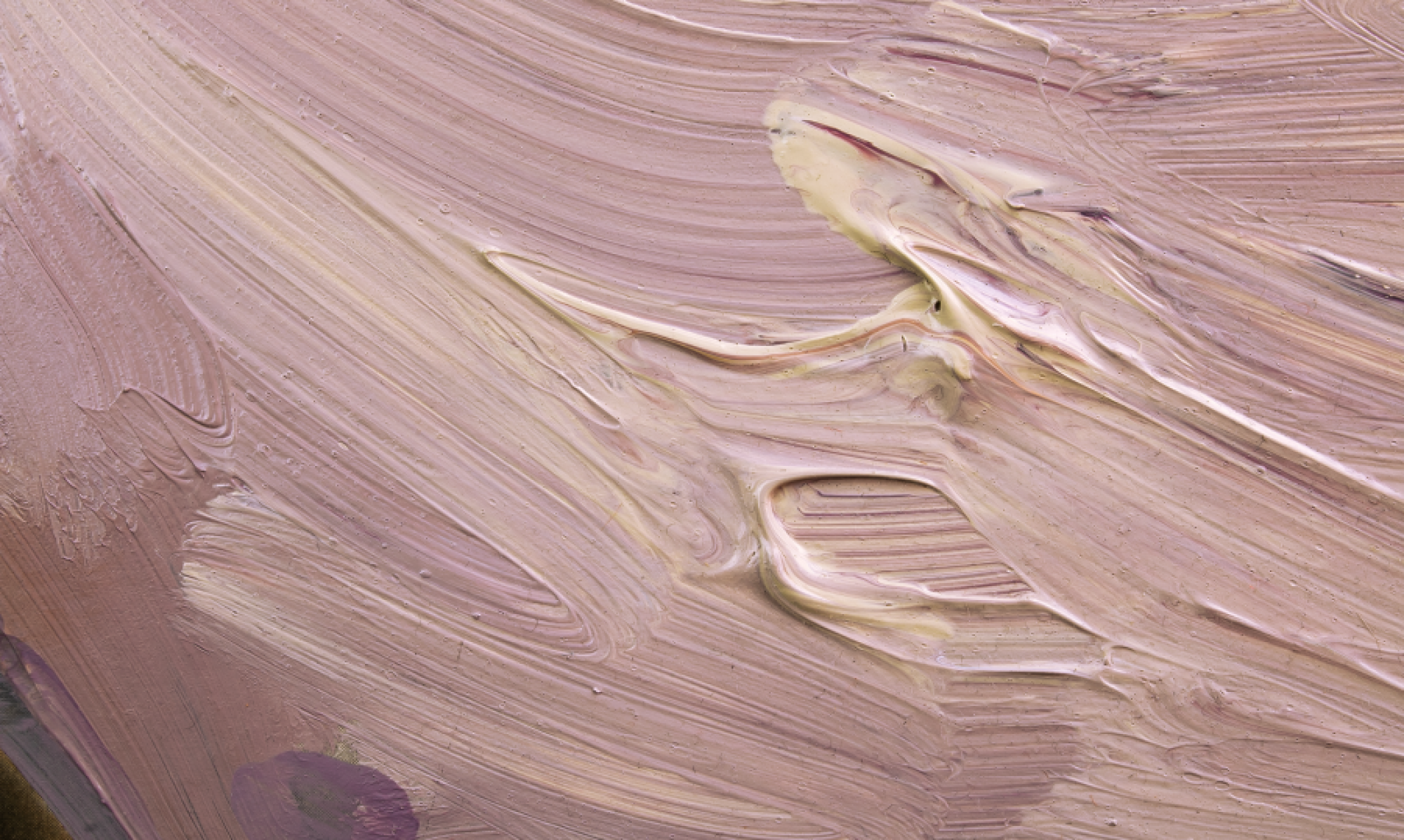It’s been a turbulent spring and summer in the art world. As art does, it has stirred up some strong feelings in places. Add questions of race to the mix and you get something close to an uproar. There have been protest directly in galleries. There have been questions as to who has the right to represent what (which translates into: does a white person have the right to represent the experiences of other races?) Personally, I think this kind of ruckus is ultimately for the good. People and cultures that do not normally enter into dialogue have met. Maybe I’m wrong, but in some cases it seems that the parties have actually listened to each other and tried to reach some kind of agreement.
Speaking as an art lover, I consider myself an unfailing patron of the arts and its right to express whatever it wishes. If someone wants to paint swastikas on cats I say fine. My excuse is that art is complex and I can look at those swastikas and even like them without suspecting that I’ve become a Nazi. Thing is, those who protest certain art are probably also art lovers. And if some group of people takes offence, suddenly art is not so complex. Real hurt has been caused, and it can’t be theorized away.
The controversy that went the furthest this summer was the one that surrounded a sculpture by Sam Durant that was set to become a permanent part of Walker Art Center’s sculpture garden. Titled “Scaffold,” it was a representation of seven gallows used in historic U.S. government executions, including those of abolitionist John Brown in 1859, four anarchists in Chicago’s 1886 Haymarket affair, and, in 1862, 38 Dakota men in Mankato, Minn. — the largest mass execution in U.S. history.
When I first heard about Native Americans protesting the erection of “Scaffold” at the Walker Centre I was a little puzzled. Surely, I thought, they must understand that this is not a monument to genocide but a statement about historical oppression by a socially and politically minded artist. I carried this sentiment around with me for about a month or so before finally having time to sit down and get some knowledge on the matter. It was an interview with Sam Durant that made me change my mind. He explains how “Scaffold” was born out of an experienced need for the USA to own up to its past; to not sweep it under the rug but to live with it and learn from it. As an artistic gesture, that’s about as politically responsible as they come. So, how could it be that it was received so wrong? The problem, of course, was that Durant trusted that intentions would be enough. Intention, especially when good and politically commendable, is a trap of ego-centricity that makes it hard to anticipate the reactions of surrounding society. This made Durant unable to foresee what eventually happened:
Often artist will cling to their intentions like lifejackets through the stormy waters of protests. “I actually meant well so it must be right”. My granddaughter offers the same excuse when accidentally harming her little sister. “I didn’t mean to, I didn’t mean to, I didn’t mean to”, she repeats like a mantra of exculpation. Fair enough, but the offended party is still hurt. I think Sam Durant’s behaviour and code of conduct has been exemplary throughout his whole ordeal and can serve as guideline for artists in similar situations. He realised that good intentions are not enough. Instead of using his good intentions as a fortress to shield him from reprisals, which I suspect many in his position would have done, and he sat down with the parties that had objections against his artwork to see what could be done.
After listening to them he decided that their real hurt overshadowed theoretical artistic importance. Giacometti famously said that given the choice on whether to save a Rembrandt or a cat from a fire, he would save the cat. Durant has also proven to be an artist that self-denyingly chooses life above his art. And as the ultimate sacrifice, Durant signed over all the rights to the work to the Dakota tribe which then had a ceremonial burning of it.
Post-structuralist art theory teaches that intention means nothing. Meaning ultimately lies with the receiving party. Caught in a racial jam, most artists will choose to ignore that lesson. Not Durant. He was willing to right his wrongs when he found that intentions could not be eternalized into general consensus.
I write this not as a deterrence for artist to step out of the boundaries of their racially defined experience. On the contrary, I think artists should not be afraid to speak on experiences that are not theirs. At least part of the artist’s task is to imagine other realities, so why not those of other races.
I think we need more well-intentioned failures. As evidenced by the Durant case, that’s when dialogue can happen. But if you are going to fail, please acknowledge it. Otherwise you might end up defending something others consider racist and suddenly your good intentions have turned unintentionally detrimental.
